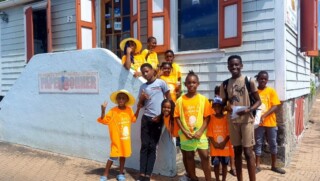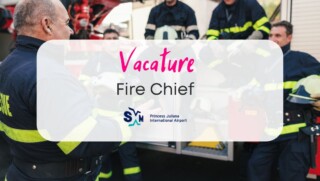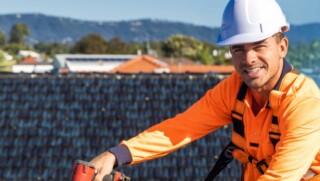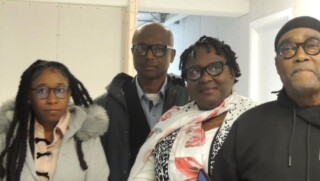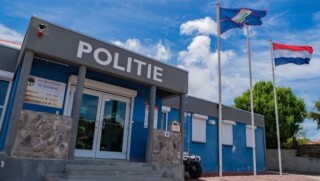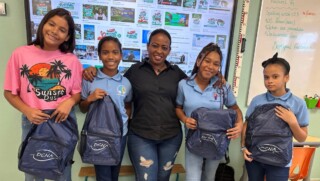STINAPA on Sargassum Crisis: Early Detection and Prevention Imperative
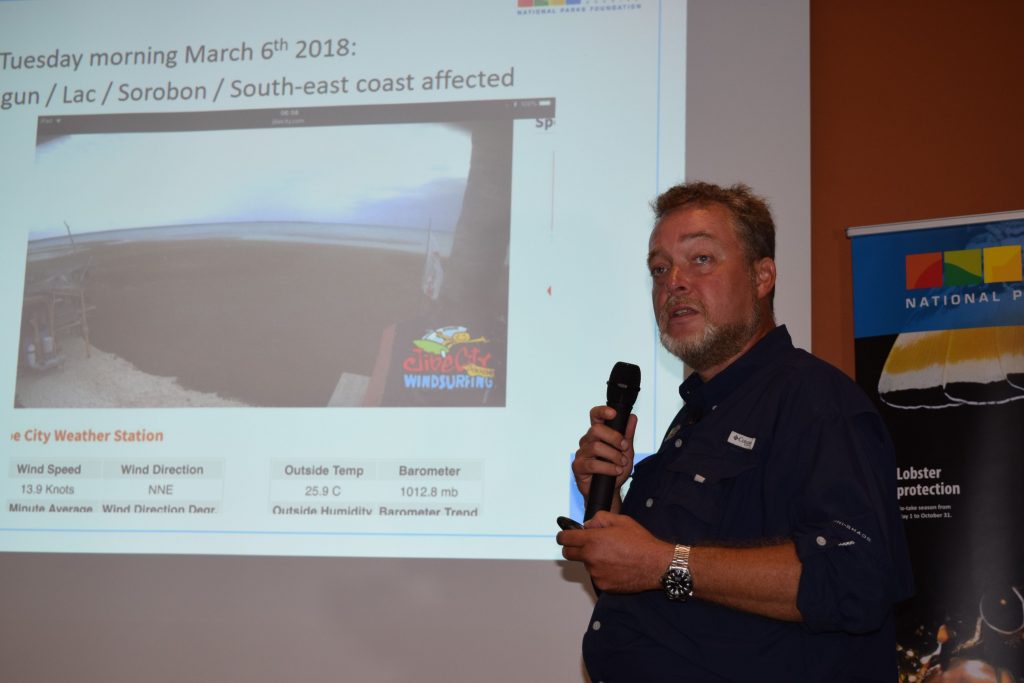
Stinapa Director Arjen de Wolff during a presentation with an overview of efforts undertaken to combat the Sargassum invasion on the island. Photo: BES-Reporter
Kralendijk- According to Stinapa Director Arjen De Wolff, investing in early detection and prevention is Key when it comes to dealing with crisis such as last week’s Sargassum invasion on the Northern shores of island. This was one of the most important conclusions of De Wollf’s presentation, held yesterday morning in the Courtyard Hotel.
De Wolff in a number of slides detailed how the island had managed to cope with the invasion of the seaweed. According to preliminary information, a total of 2774 cubic feet of Sargassum has been collected and removed from the most affected areas. De Wolff said that he was really grateful for the way different stakeholders had come together to combat the serious threat to Bonaire’s costs and marine life. An exact estimate on the amount of marine life lost due to the Sargassum incident, could not immediately be provided.
“We need to do further assessment and this is very specialized work for marine biologists to assess how much marine life was lost”, said De Wolff.
The Stinapa Director explained to the attendees of the press conference, that there was much to be learned from the whole Sargassum crisis. “We have to draw the right lessons from what has happened now. We have to see how we can be better prepared. However, we as Stinapa are mostly gate keepers, we manage some blue, we manage some green, but the reality is that we have limited funds and resources”, said De Wolff.
According to De Wolff Stinapa could give their best advice to policy makers and governments on the island, but in the end could not take the decisions on what needs to happen to be better prepared to deal with future crisis. “Stinapa has a total staff of 28 employees and about 1.6 miljon Dollars per year in budget. We gave some light equipment but in limited proportions”, explained the Stinapa Director.
De Wolff also stated that Bonaire needed to invest in capacity to better manage crisis such as the Sargassum crisis. “The true challenge is to avoid these incidents from happening. We should actually invest in our capability of detecting threats before they even strike, so that we can prevent them from happening, rather than to deal with and limit the consequences and damage to important Eco-systems as much as possible, after the fact.”
De Wolff said that this was not only true for dealing with incidents like Sargassum, but even more so if it concerns more damaging substances, such as crude oil. De Wolff said that one of the learning points of this crisis is that nobody alone is equipped to deal with incidents as this one.
“Nobody on the island has all the equipment needed, not us not the Fire Department and not the Public Entity. It is really a matter of a joint effort.” according to De Wolff. De Wolff stated cooperation needed exceeded parties on Bonaire alone. “If we look at the broader region, no island is prepared to deal with this alone”, said De Wolff, who hinted that even inter-island or regional cooperation may be needed to deal with incidents like the Sargassum invasion.
De Wolff made use of the opportunity to thank all the parties who had been instrumental in dealing with the Sargassum. “The Governor did a wonderful job, as did the volunteers, Stinapa, Junior Rangers, the Marines and the private sector, which did not only provide many donations, but also made available needed equipment”, said De Wolff.



